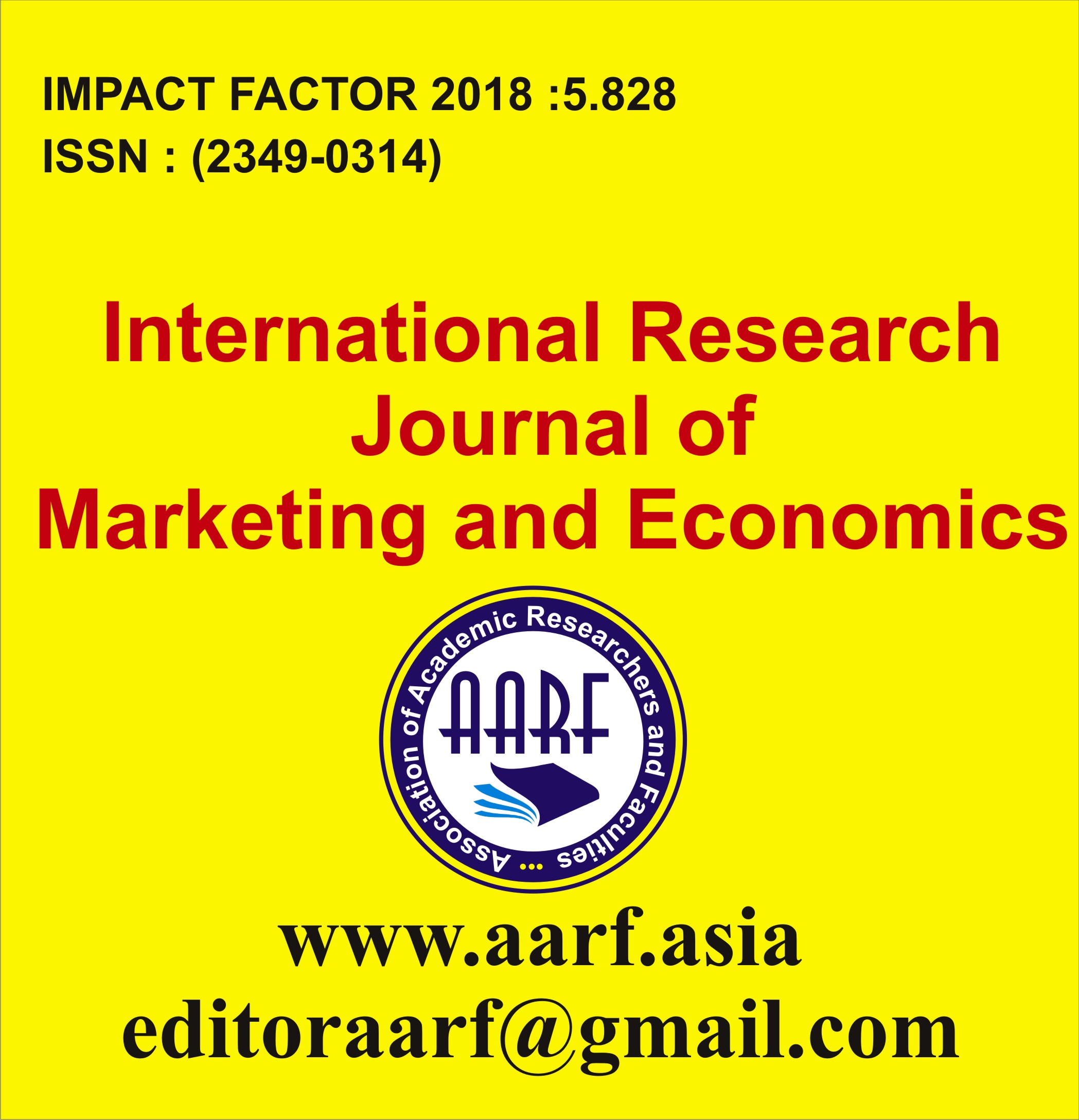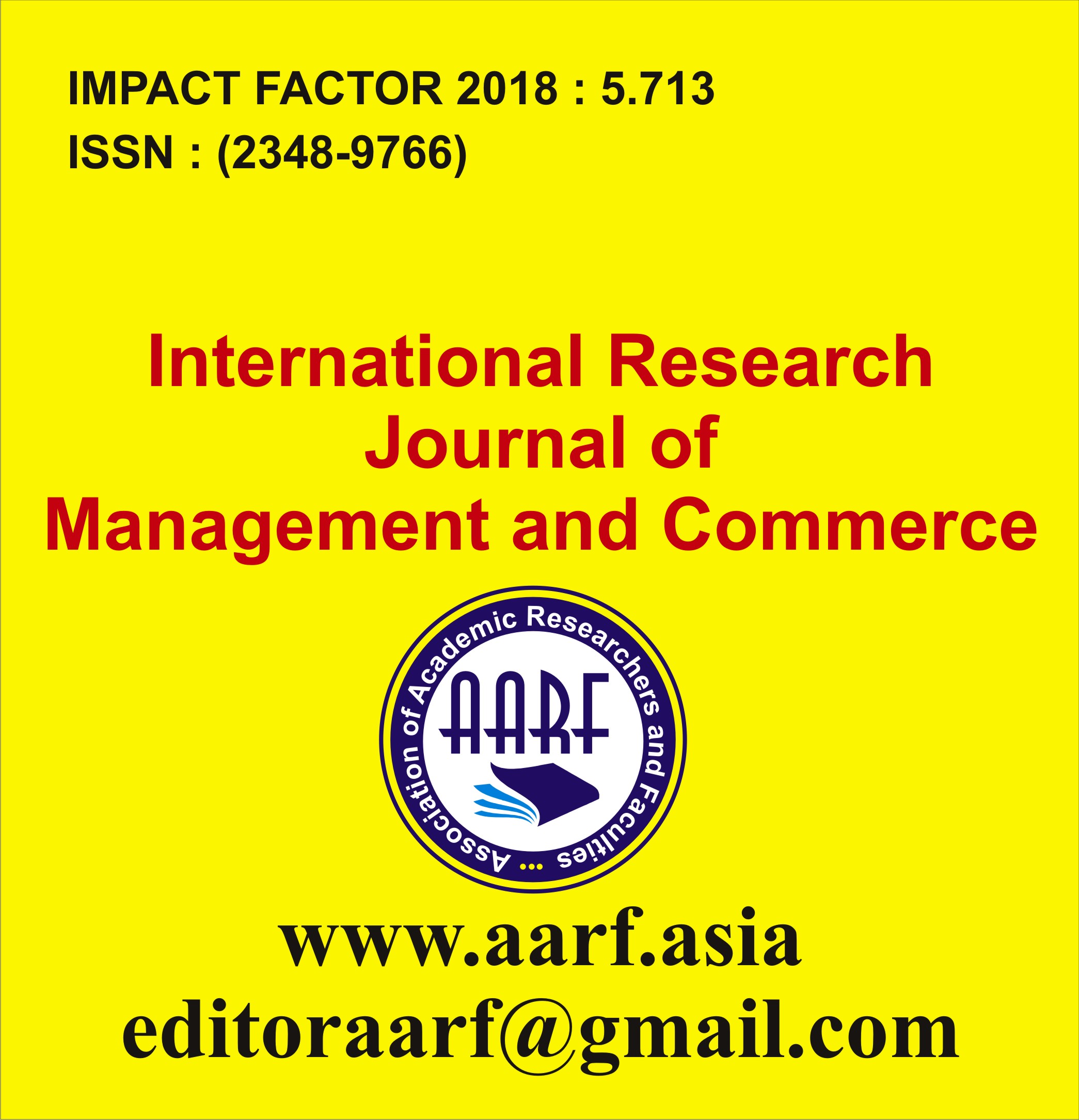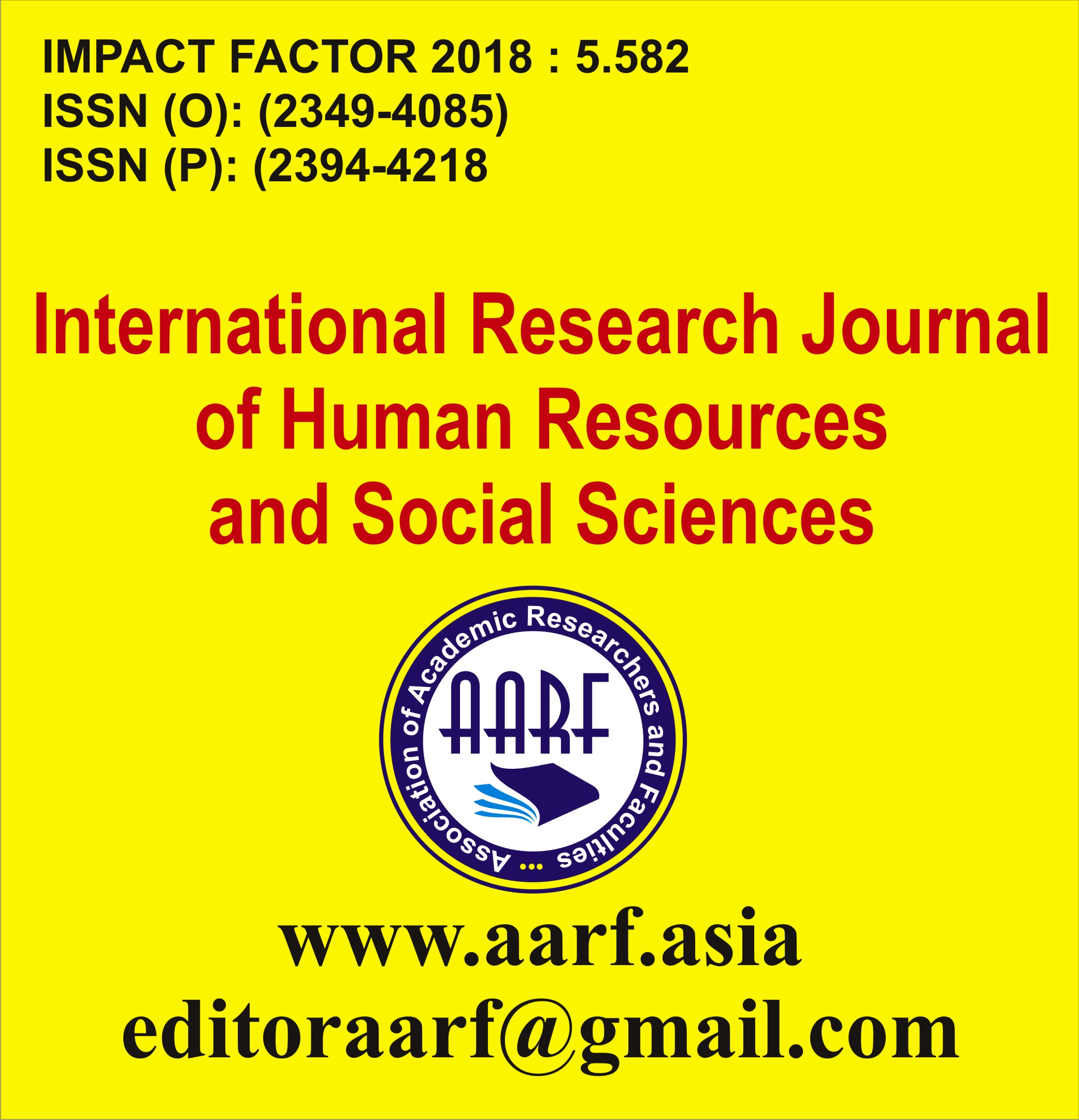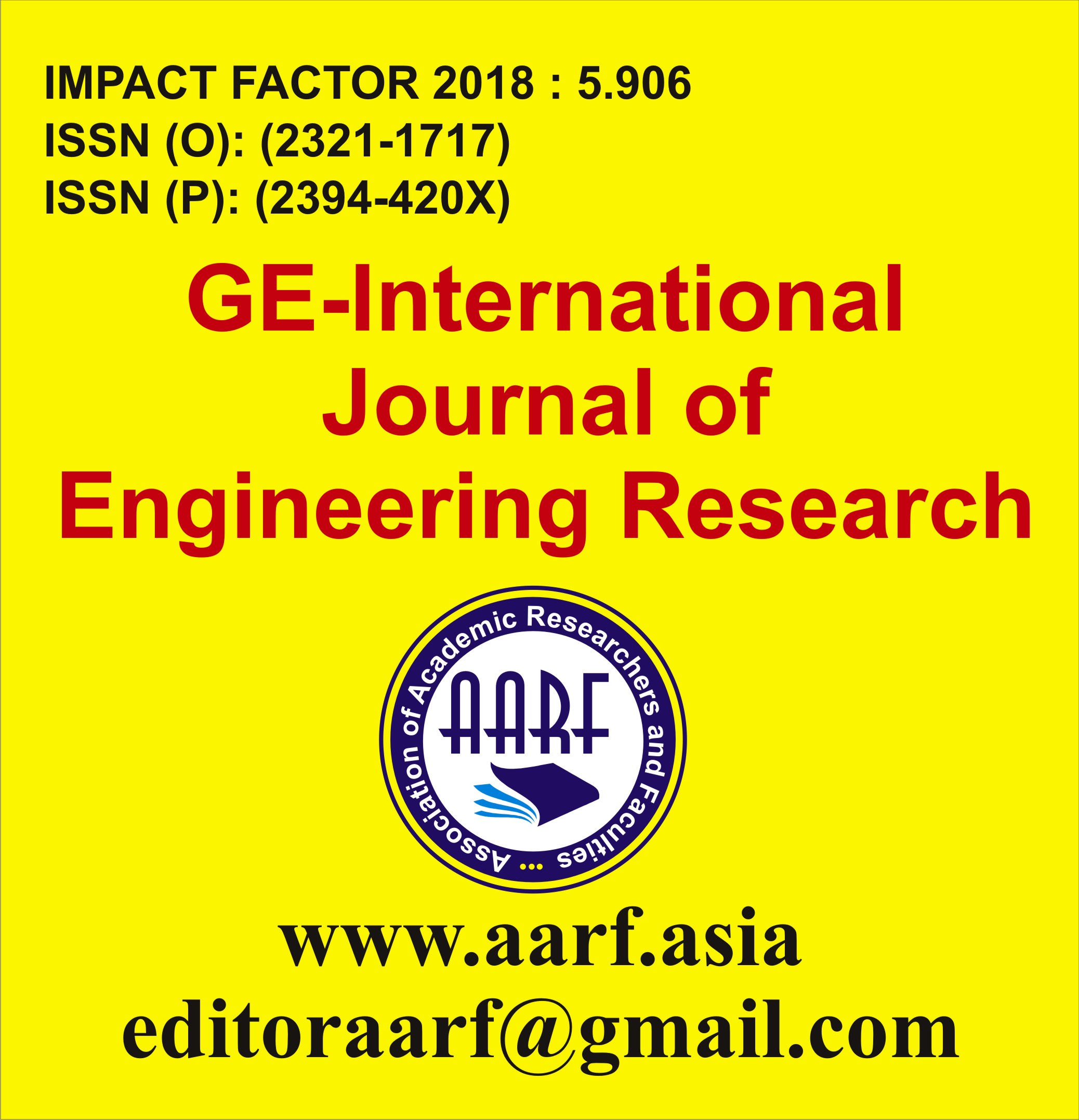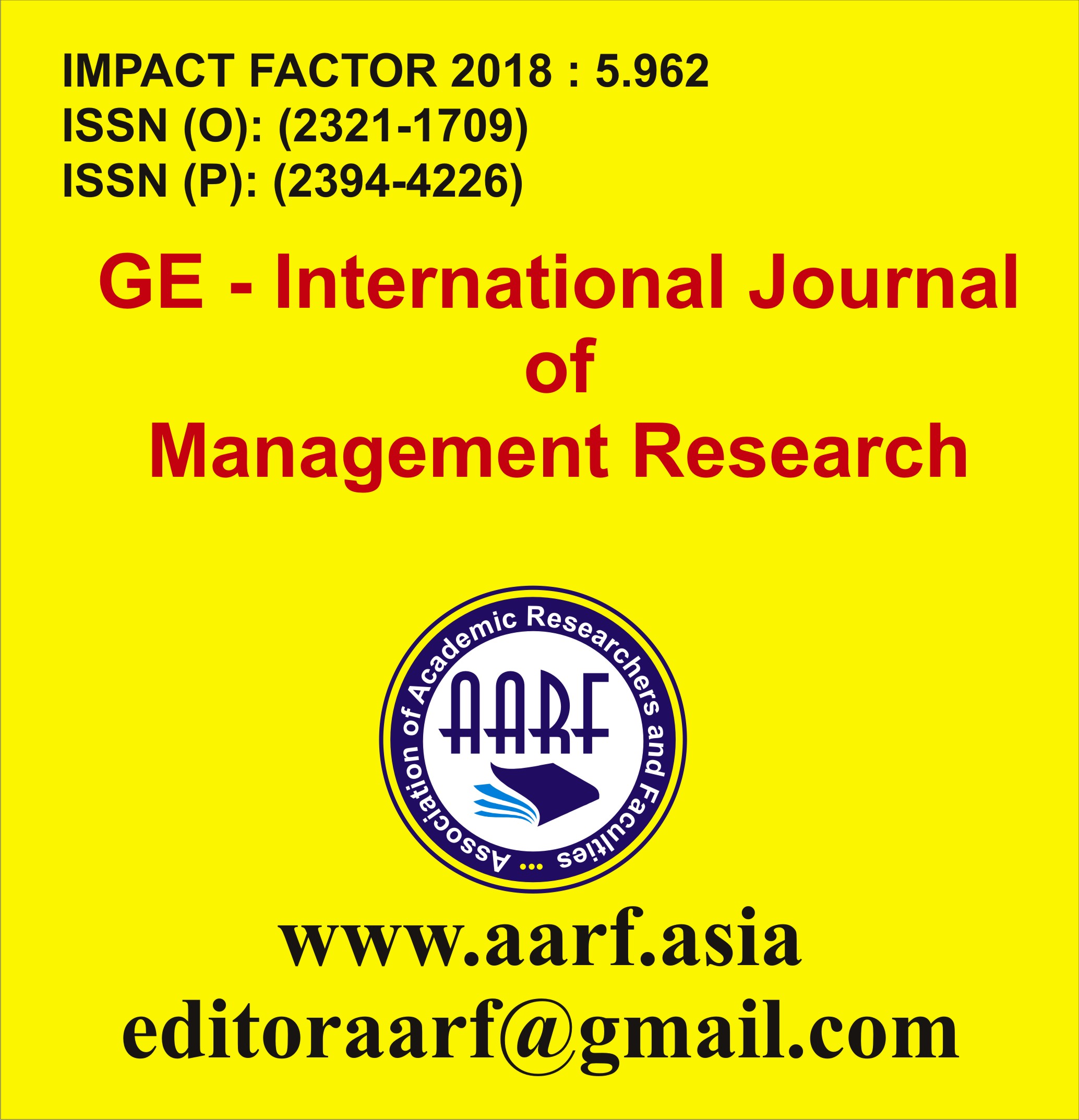| S.No |
Particular |
Pdf |
Page No. |
| 1 |
Abhishek Kumar Singh & Ajay Kumar Shukla
Abstract:
Ambient air quality refers to the quality of outdoor air in our surrounding environment" It is typically measured near ground level, away from direct sources of pollution. Ambient air pollution problems due to different industries plants automobiles and house hold emission are directly related to the pollution. During combustion, elements of coal are converted into their oxides. The chief pollutants generated during combustion are carbon monoxide, carbon dioxide, sulphur dioxide, nilrogenoxide and flyash. Results indicate that CO values are much higher for site 1, it goes as high as 1186.98 µg/m³ in May For site 2 the highest CO value is 1168.55 µg/m³ again in the month of May. For site 3 and 4 highest measured CO is 1148.40 and 1031.43 µg/m³ respectively in summers. maximum average temperature recorded is 44°C in June 04 and minimum is 16°C in January 24. Maximum average relative humidity is 75% in August 23 and minimum is 10% in May 24. Similarly maximum aver-age wind velocity is found 3.0 m/sec in June 24 and minimum is 1.1 m/sec in Nov. 23. Relationship between average CO values and average temperatures of all four sites. In summer CO concentrations are found higher than in rainy season. In winter, as it is comparatively calm, precipitation of CO in lower atmosphere is more and levels of CO in the ambient air are found higher However, the highest ambient CO are received during summers.
|

|
1-18 |
| 2 |
Mrs. Priti Bhaskarwar
Abstract:
Mindfulness, pranayama, and deep relaxation are often seen as tools for stress reduction and calming the mind. However, their power runs deeper—they are gateways to the subconscious mind, the vast inner world where our emotional, sensory, and experiential imprints are stored. This article explores how entering altered brainwave states like alpha and theta during these practices opens access to hidden memories and unresolved emotions. Though this can cause temporary discomfort, it marks the beginning of deep healing. Integrating insights from neuroscience, somatic psychology, and ancient yogic wisdom, we uncover how these practices allow for emotional release and neuroplastic transformation through tools like forgiveness and gratitude.
|

|
19-23 |
| 3 |
Mahantesh Paralad Dr. Maheshwari S Kachapur
Abstract:
Anthropogenic greenhouse gas emissions, primarily carbon dioxide (CO₂), are the leading cause of global climate change, necessitating urgent mitigation strategies. Carbon sinks—natural and artificial systems that absorb and store CO₂ offer a promising remedy to offset emissions. This article examines the various types, mechanisms, and effectiveness of carbon sinks, including forests, oceans, soils, and advanced technologies such as carbon capture and storage (CCS). We evaluate their potential to achieve net-zero emissions. By integrating carbon sinks with emission reduction strategies, global efforts to combat climate change can be significantly enhanced. This paper discusses natural carbon sinks, which are also called Ecological carbon sinks. These carbon sinks absorb carbon dioxide from the atmosphere and store it as plant tissues and organic matter. Ecological carbon sinks are highly complex and interconnected, reflecting the myriad processes that occur within ecosystems. For instance, the carbon sequestration process is connected to water, nutrient cycles, biodiversity, and climatic factors. The interconnectivity between different carbon sinks, like forests, soil, and oceans, also adds another layer of complexity. Indian scenarios on climate change control have been appreciative as India is the only G20 nation in line with the 2 degrees centigrade warming and achieves the CCS target of reducing emission intensity 11 years in advance of the target of 2030. The responsibility for protecting and enhancing such carbon sinks in favour of humankind is crucial at this hour. Except for the large time scale required for forests and oceans to fix carbon, the rest is cost-effective.
|

|
24-31 |
| 4 |
Anju Singh,
Abstract:
This type of reaction involves the conversion of cycloheptanol into corresponding ketone or aldehyde. Due to its seven membered ring structure. This is 1st order reaction which catalysed by Ru(III). The kinetics of Ru(III) catalysed oxidation of cycloheptanol by chloramine-T has been investigated in acidic medium. The reaction shows first order kinetics with respect to cycloheptanol, chloramine-T, H+, and Ru(III). There is insignificant effect of ionic strength, PTS and KCl on the reaction rate. The dielectric constant of the medium has positive effect. Elevation of temperature increases the rate of reaction in oxidation of cycloheptanol. A mechanism consistent with the above kinetic results has been suggested.
|

|
32-40 |
| 5 |
Hemender Singh Rathore, Anuya Verma
Abstract:
Soil enzymes are vital indicators of soil quality, fertility, and microbial activity, as they mediate the decomposition of organic matter and nutrient cycling. Their activity reflects the functional capacity of soil ecosystems and is highly sensitive to environmental stressors, particularly heavy metals. Heavy metals such as cadmium (Cd), lead (Pb), zinc (Zn), copper (Cu), and arsenic (As) have been widely reported to inhibit soil enzyme activities, with the extent of inhibition varying according to metal type, concentration, chemical form, and bioavailability. Factors such as soil pH, organic matter, and clay content further influence enzyme response to heavy metal stress. Enzyme activities including urease, phosphatase, dehydrogenase, arylsulfatase, and β-glucosidase are among the most commonly studied as biomarkers of soil contamination. Evidence suggests that heavy metals may reduce microbial biomass and alter nutrient cycling, thereby threatening soil productivity and ecological stability. Hence, monitoring soil enzyme activity in relation to heavy metal contamination provides an effective tool for evaluating soil health, pollution impact, and sustainable land management.\r\n
|

|
41-51 |
| 6 |
Omkar Prabhakar Mukhekar, Dr. Arunkumar Shukla,
Abstract:
Graph theory provides a powerful mathematical framework for understanding the structure and dynamics of complex systems. Two important notions within this field are graph domination and energy measures, both of which have significant theoretical and applied relevance. In this paper, we investigate the interplay between domination numbers and graph energies for special classes of graphs such as paths, cycles, trees, bipartite graphs, and hypercubes. We establish new extremal results, provide bounds relating domination numbers with adjacency and Laplacian energies, and prove several theorems that demonstrate these relationships. Beyond the theoretical framework, we highlight applications in chemistry, computer networks, and biological systems. The results presented herein contribute to the growing literature on spectral graph theory and domination, and suggest avenues for future research on extremal graph structures and applied network design.
|

|
52-58 |














